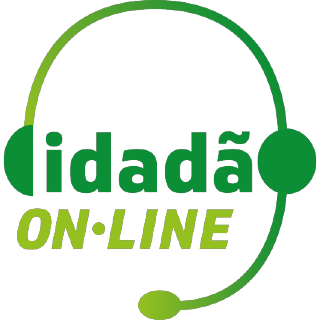


The Internal Preventive Control consists of a methodology of control based on the control of risks identified in activities and processes, aiming at efficiency and regularity of the management, allowing for more administrative security in the decision making by the state administrators as the focus on the reduction of disturbances is proposed. Such disturbances may compromise the efficiency in the use of resources, the efficacy in the availability of foods and services and the legal conformity of administrative acts. Such mechanism of control is run by means of mapping, validation, implementation and monitoring of processes with a focus on risks, as well as the guidance on best practices to be followed by the State Administration in the execution of their tasks. Among expected results, the following can be highlighted
Risks Management
Inserted in the scope of acting within the Internal Preventive Control, the area of risks management aims to define and model preventive activities for internal control, including those which refer to identification and treatment of critical processes, as well as spreading the culture of risks management and implementation of methodologies and standards of risks management, following the results of internal control.
Managed Processes with a focus on Risks
Looking at contributing to the perfecting of the Public Administration and considering in its acting the dimensions of risks, costs and processes, the CGE is carrying out an analysis of critical processes of the State, in partnership with the SEPLAG, SEFAZ, PGE and the Civil Office.
In the analyzed process, the stages and actors are identified and then, the next steps are determined, as to what must be done by who in what moment, so that everything is working sequentially and logically, with the support of an IT tool aimed at achieving results and the legal conformity of the actions taken.
Monitoring of Controls
The monitoring of internal controls focuses on ensuring that the execution of the activities by the different bodies and organizations of the public state administration go along conformity with the established standards so that the corporate processes implemented happen according to what is expected and produce the expected results. Such activities comprise the actions of implementation and monitoring of procedures of internal control established by the Risks Management area, as well as the fostering to the design of preventive controls, thus contributing to the continuous improvement of the processes.
Monitoring of the Process of Covenants and Similar
The monitoring of internal controls focuses on ensuring that the execution of the activities by the different bodies and organizations of the public state administration go along conformity with the established standards so that the corporate processes implemented happen according to what is expected and produce the expected results. Such activities comprise the actions of implementation and monitoring of procedures of internal control established by the Risks Management area, as well as the proposed actions in the scope of The Action Plan to Deal with Weaknesses – PASF, as well as the fostering to the design of preventive controls, thus contributing to the continuous improvement of the processes.
The Action Plan to Deal with Weaknesses
The Action Plan to Deal with Weaknesses is an instrument of operationalization which aims to prevent the occurrence of risky events, as well as mitigate the possibility of recurrence of pre-observed facts when there were tasks carried out by the central body of internal control, which might compromise the management of bodies and entities, and therefore, increasing the level of efficiency and rationalization in the use of resources for the execution of public services
Technical Consultancy
With a focus on preventive acting, the COINP acts on the elaboration of instruments of technical advisory, attending to the demands made by bodies and entities of the Executive Power of the State of Ceará, and might even propose the issue of normative guidance with a focus on perfecting internal controls. Technical materials of support are also designed, such as manuals and handbooks about topics which are of the bodies and entities’ interests.
Normative and Technical Guidance
The guidance documents issued by the CGE (General Controllership of the State of Ceará) have an eminently technical nature, and it is solely the responsibility of the State General Prosecutor’s Office to issue guidance on legal nature on the terms of articles 21, 26 and 27 of Complementary Law nº 58, March 31st, 2006 (Official State Gazette, 03.31.2006), as follow:
The body or entity that might be interested in submitting a technical query to the CGE must make it formal by presenting, at least, the following documents and information:
Besides that, the request must be made formal by a letter from a member of the Superior Management of the body or entity requesting and forwarded to the CGE by means of physical process logged in the protocol systems.
CGE “Formulations”
Aiming at spreading the guidance present in the technical and normative orientations, the publication with CGE “Formulations” is made available, which consolidates parts of technical analyses which are generally relevant, with no intention of replacing current normative framework. The piece hopes to facilitate (for the managers and public servants) the access to information and understandings by the CGE, covering topics related to the rationalization of the public expense, to the procedures for biddings, contracts and agreements, among others.
In addition, with directions and documents from the Federal Supreme Court (STF), the Federal Attorney’s General Office (AGU) and the Federal Court of Auditors (TCU), additional opinions were included, from other bodies, which are applicable to the state administrative actions, highlighting the facts that the binding summary statements approved by the STF carry mandatory execution by the Judiciary Power and the Executive Power of the Union, the States, the Federal District and the Municipalities.
